As many of you know, I traded in my trusty Nikon D5200 for a Nikon Z7 mirrorless camera in March of 2019. That makes September the 6 months mark of ownership. Let’s review the good and the bad about the Nikon Z7 (yes, there are both).
The Good
Nikon Z7 Sharpness
With a resolution of more than 2,000 pixels over what a cropped-frame camera can produce, the Z7 makes crisp images that are SHARP from edge to edge.
I shoot with the standard 24-70mm f/4 lens, but Nikon has recently released a 24-70 that stops down to f/2.8, if you need even more performance. In general, shooting a car at f/2.8 will produce a softer edge toward the back half of it, so it’s rare I would go that open.
MEGA pixels
When buying anything new in the tech realm, I always try to get the best I can afford so that it lasts longer. It’s why I edit on an iMac Pro with 64GB of RAM, and it’s why I bought the best Nikon mirrorless they make. The 45 MP sensor allows me to edit in 5k on my iMac screen, which helps make images look even more sharp when reduced in size to an instagram post or website image. It’s a huge step up from the 24 MP from the D5200.
The Nikon Z7 has excellent color accuracy
Old school photographers may snicker, but I love the electronic view finder on the Z7. Instead of looking through the lens, I see a representation of what the lens is seeing, and adjusting settings takes effect in real-time. The camera does a lot of the work for you – leaving it on auto-color balancing is very accurate, and lens barrel distortion is compensated for in-camera. The Z7 has saved me a lot of time on shoots and in post-production, and allowed me to focus more on making art.
Familiarity
Shooting with another person’s camera is like driving someone else’s car. You know how to drive, you just don’t know where everything is. The Z7 makes adjustments easier since it’s the same functionality as my old D5200. That means less fiddling with adjustments and more shooting.
It’s Light
Which is one of the points of a mirrorless system. Makes it easier to set up on a tripod and carry around at a car show. It’s also why I sold all my old Nikon lenses. They would have worked, but why carry the weight around on an older lens if you’re getting a mirrorless camera.
The Bad
Auto-focus
By far the worst experiences I’ve had with the Z7 involve its auto-focus system, particularly in low light conditions. Any light painting I do has become difficult to keep the subject in focus. In conditions with heavy contrast, such as sunset, the camera isn’t sure what to focus on. I’ll often put a light source on the car, focus the camera, then turn auto-focus off. This helps, as it does not have the chance to readjust itself once the scene is set. Nikon says they fixed it with a recent software update, but I have yet to see an improvement.
It’s not the best anymore
Sony recently released its a7R IV with a 60MP sensor – that’s getting up to commercial camera levels of image size. More megapixels means more flexibility in post, with more dynamic range. But as the target is always moving on cameras, the Z7‘s sensor is still great. It does not hold me back from making the art I want to make.
Limited lens selection
As of now, Nikon does not make nearly as many Z lenses as they do standard DSRL ones. There is no long lenses, for instance. They are coming out, and other brands are showing new lenses as well, but I’m a sucker for Nikon glass. If you’re curious, every shot I’ve taken with the Z7 has been through the standard 24-70mm f/4 lens. I did recently purchase a 50mm prime with a nice f/1.8, so I’m eager to try that out.
It hasn’t made me a better photographer
No surprise there. I do have to do much less post-production work on the images from a Z7 vs a D5200. But overall, the shots I take (to me anyway) are just as nice now as they were a year ago. That reinforces the point that it does not matter what camera you use.
I may get commissions for product links on this site, so help out if you can. I only write about products I use and believe in.
Feel free to email me at mike@machineswithsouls.com with any questions.
Follow along on Instagram @machineswithsouls




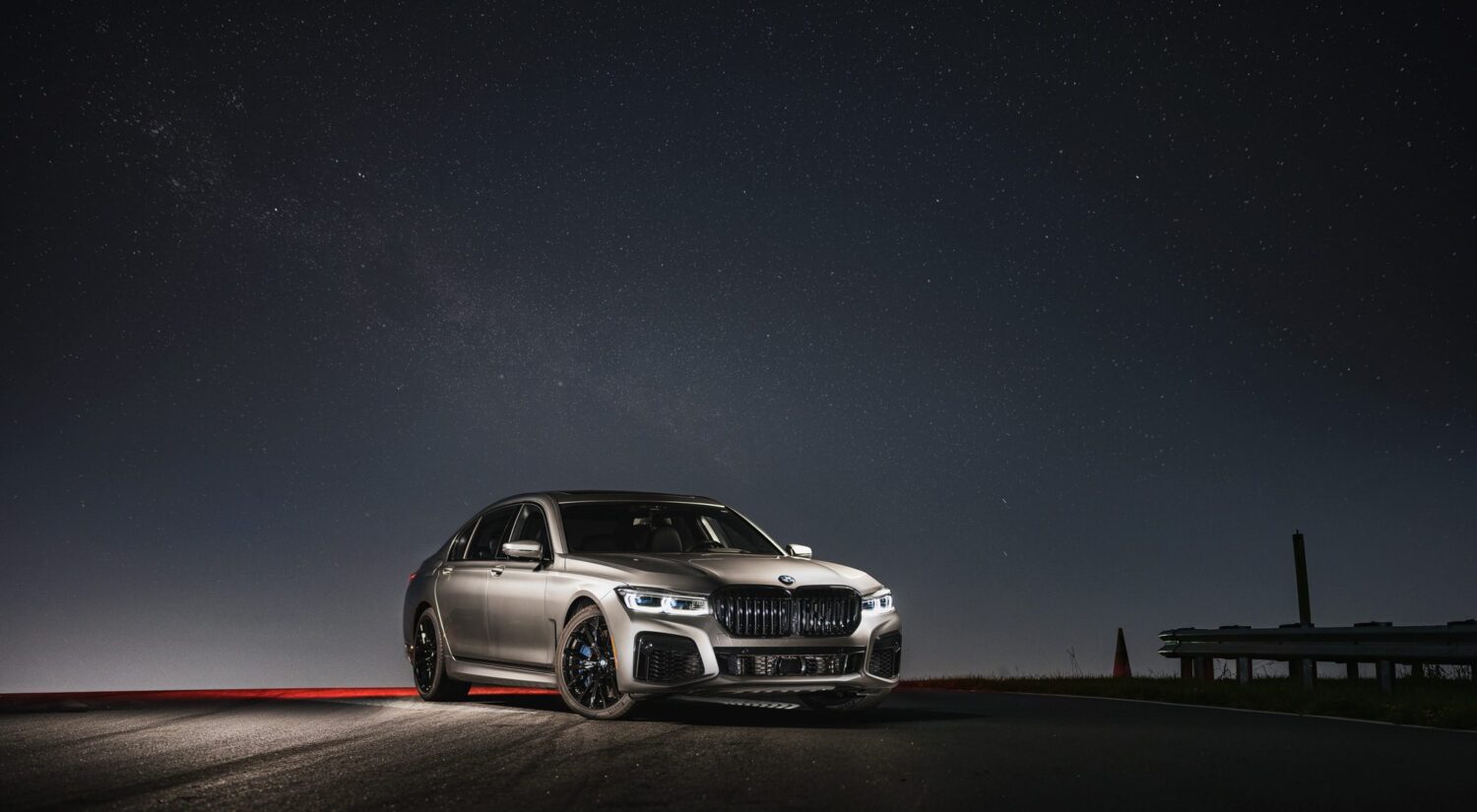
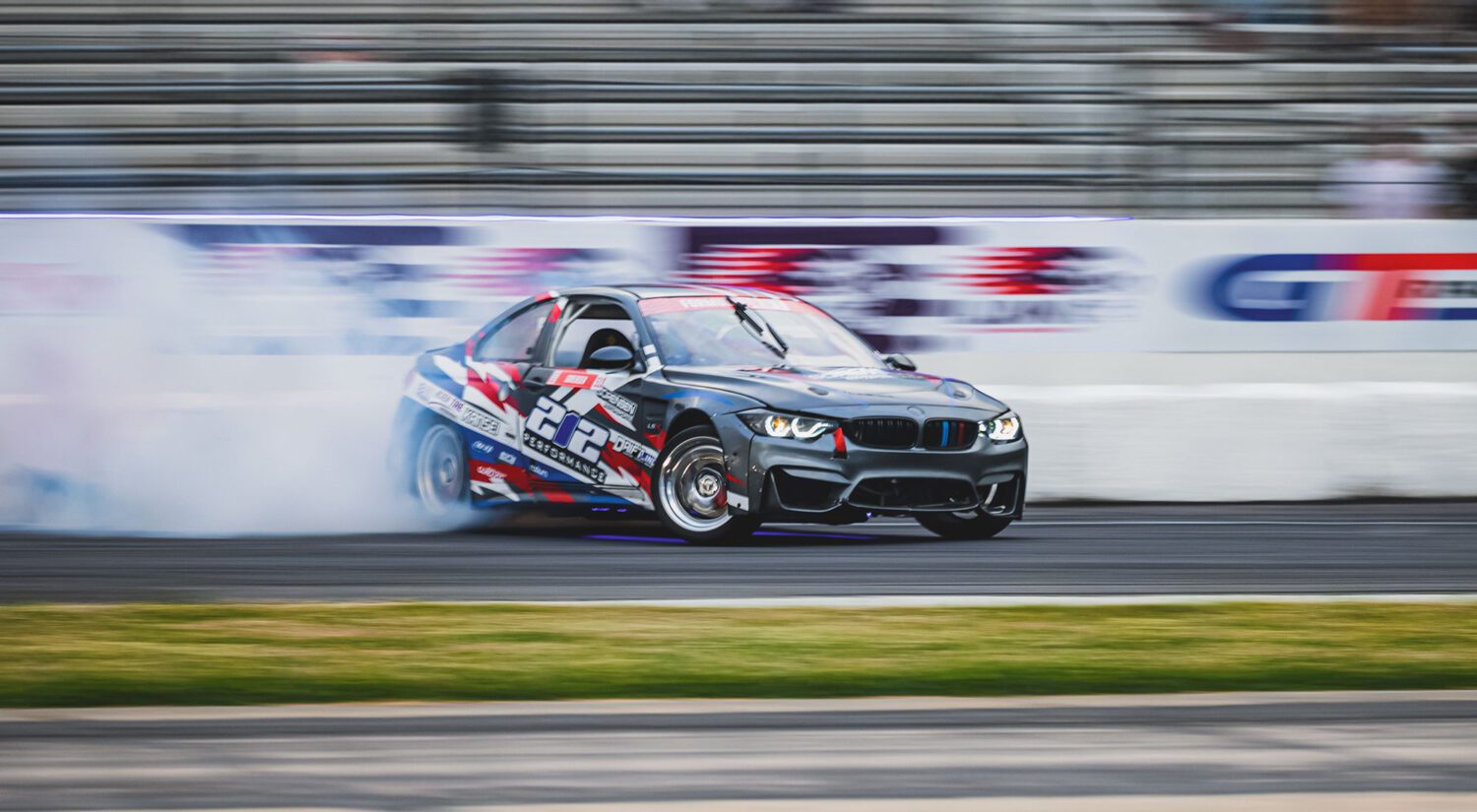
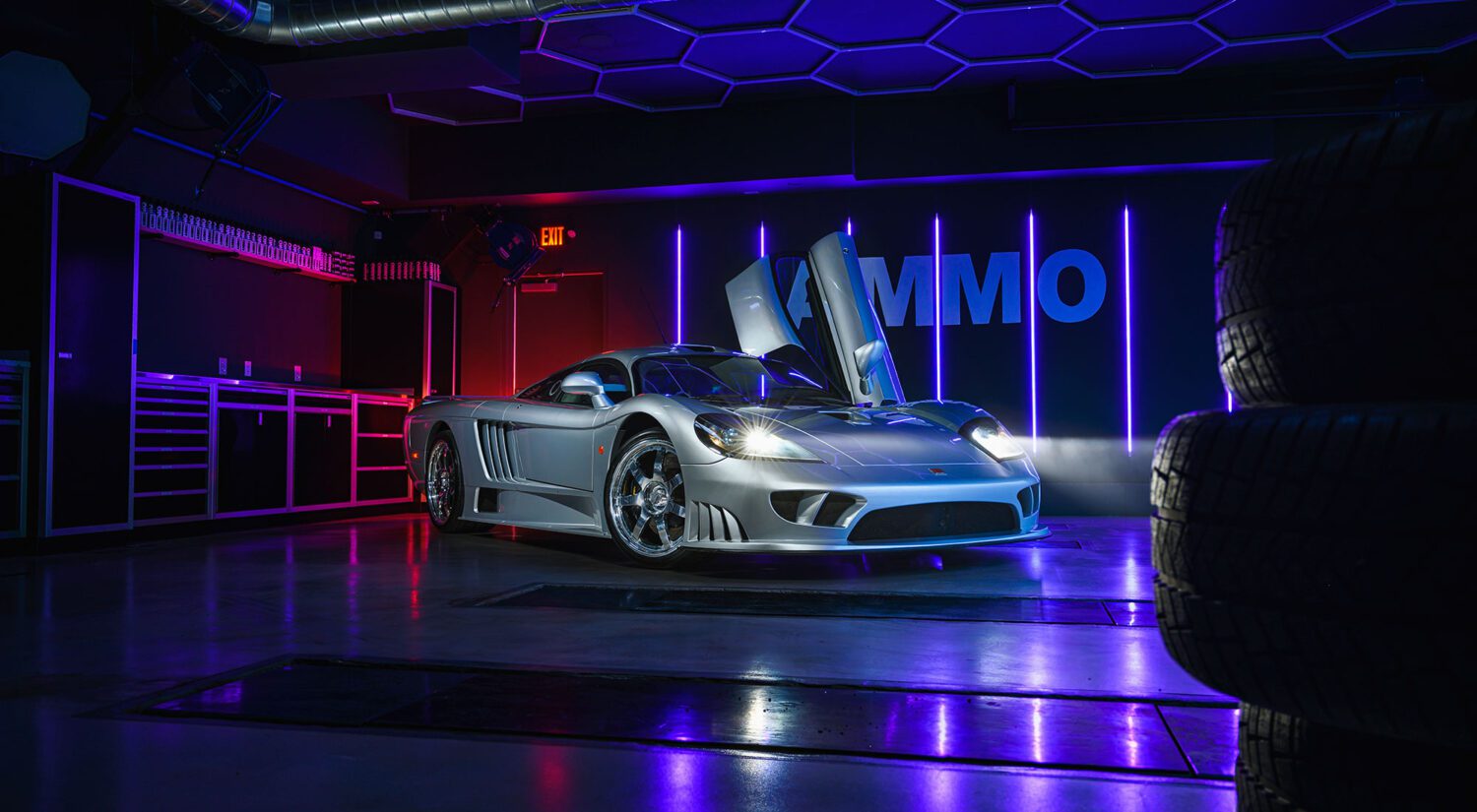
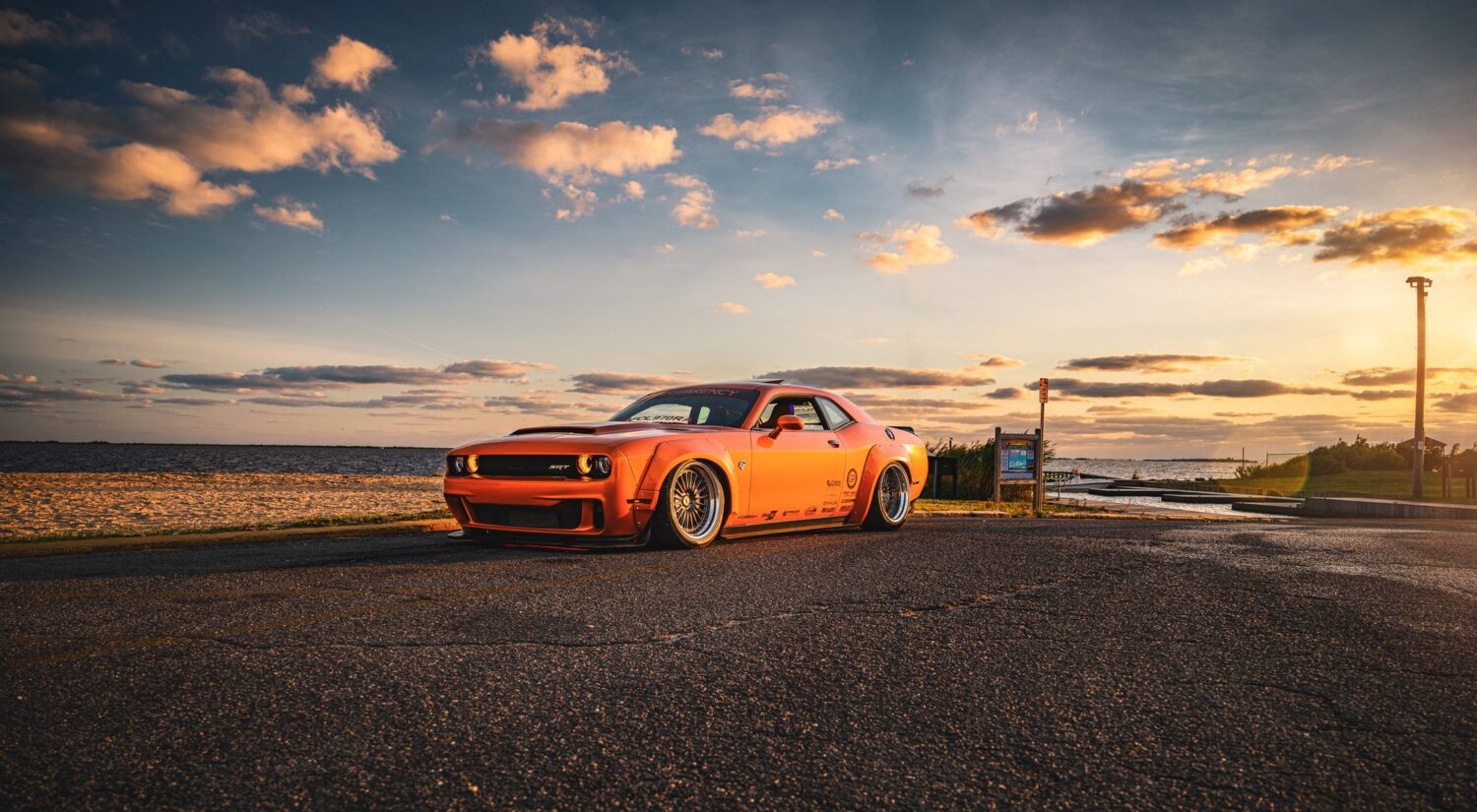
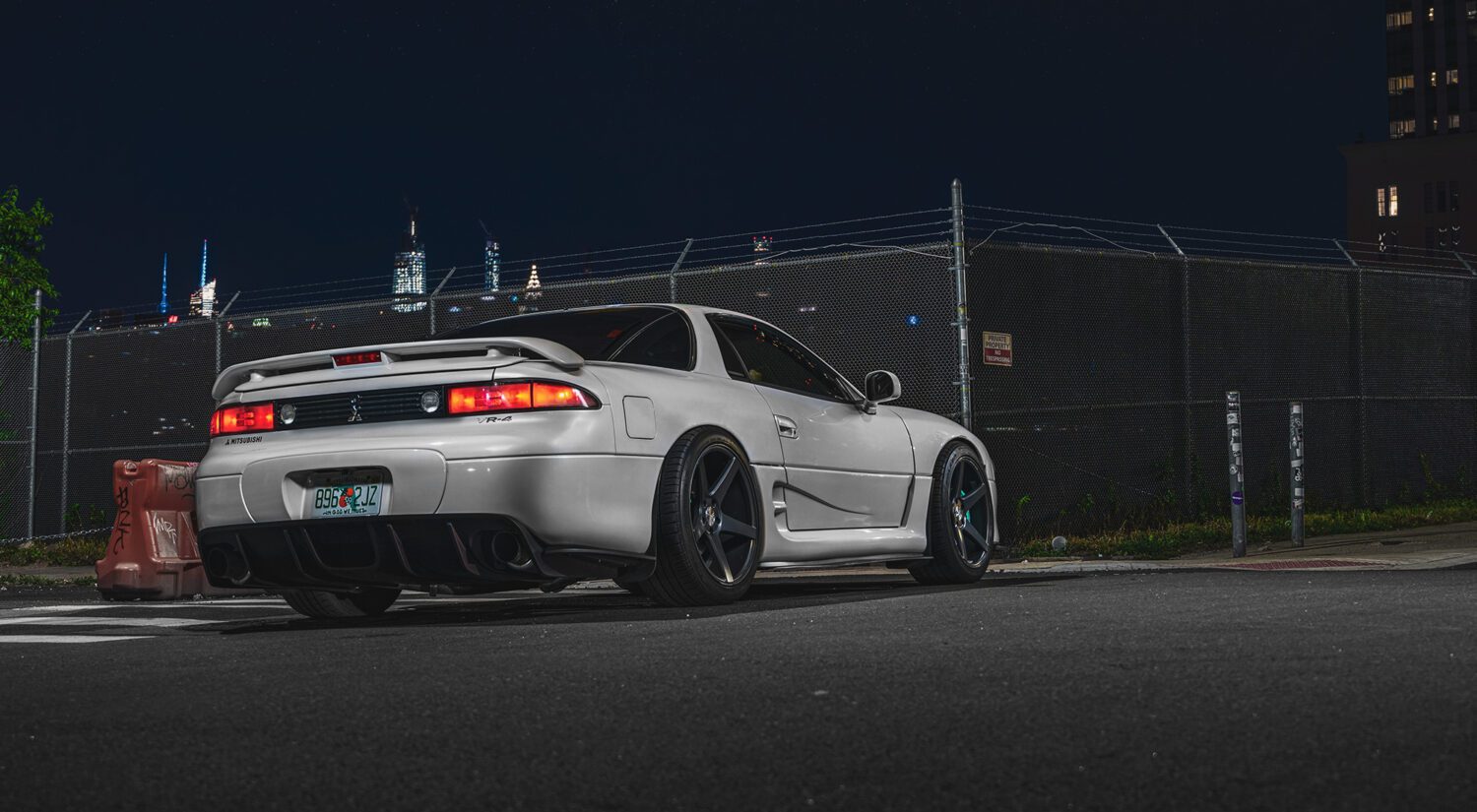
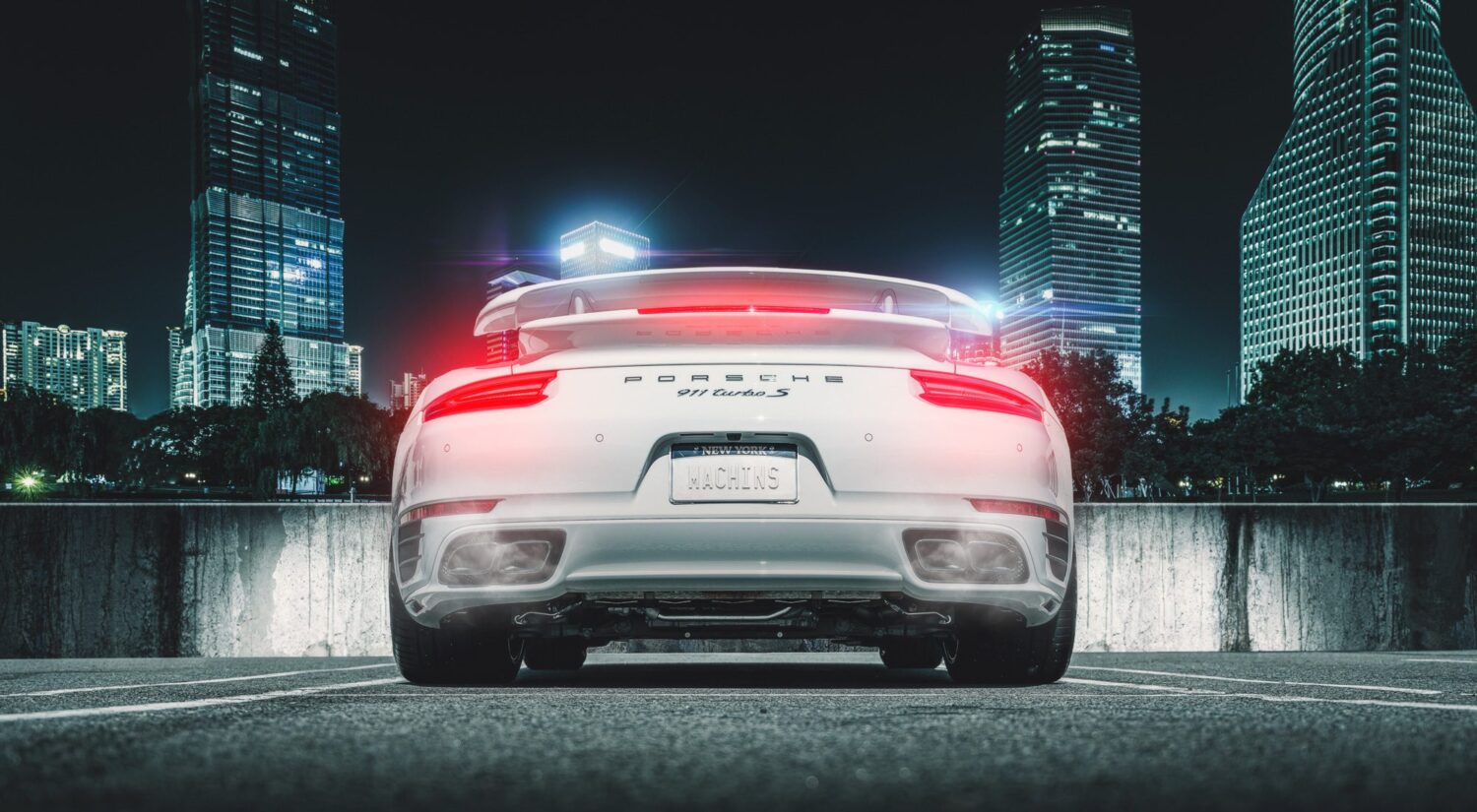
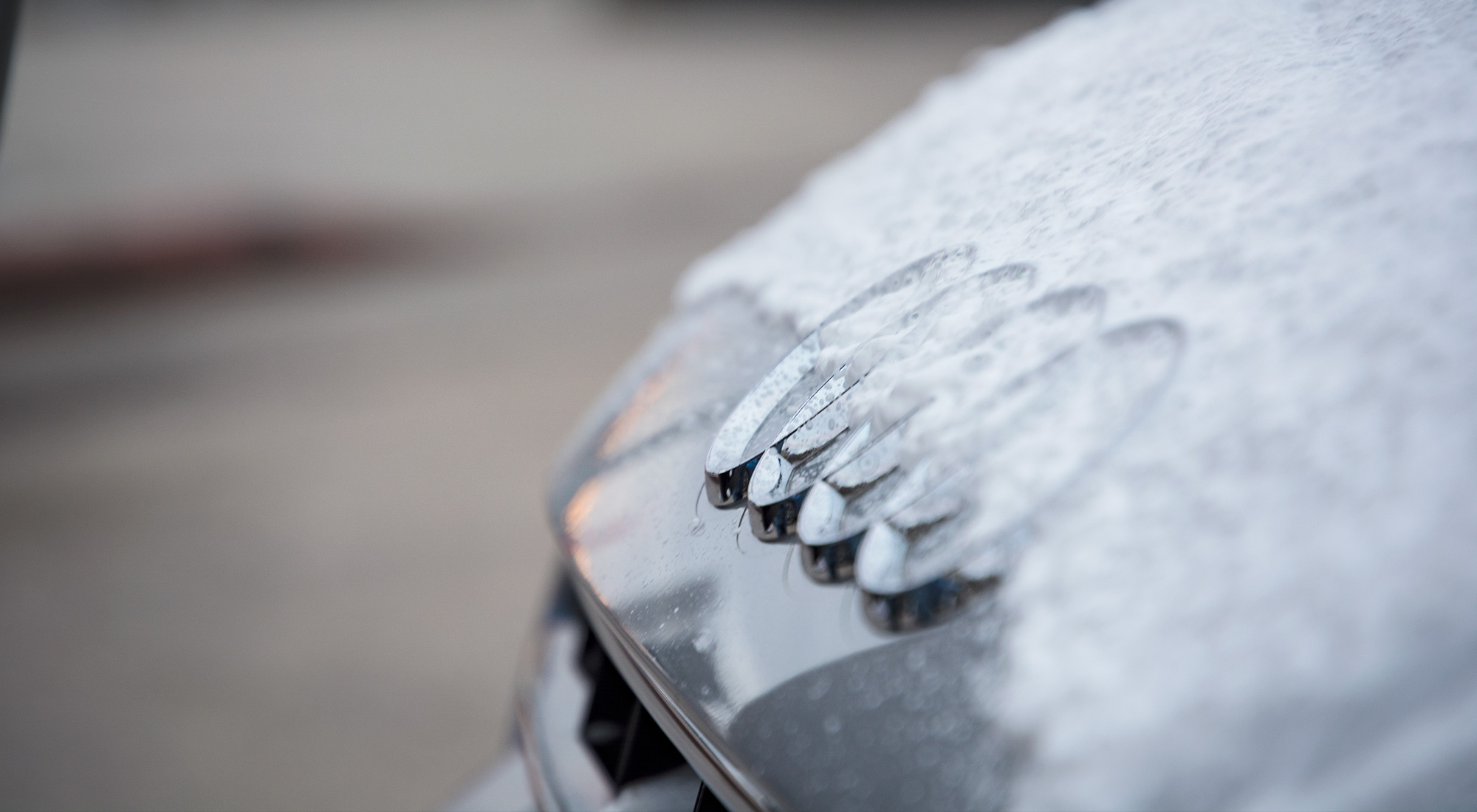
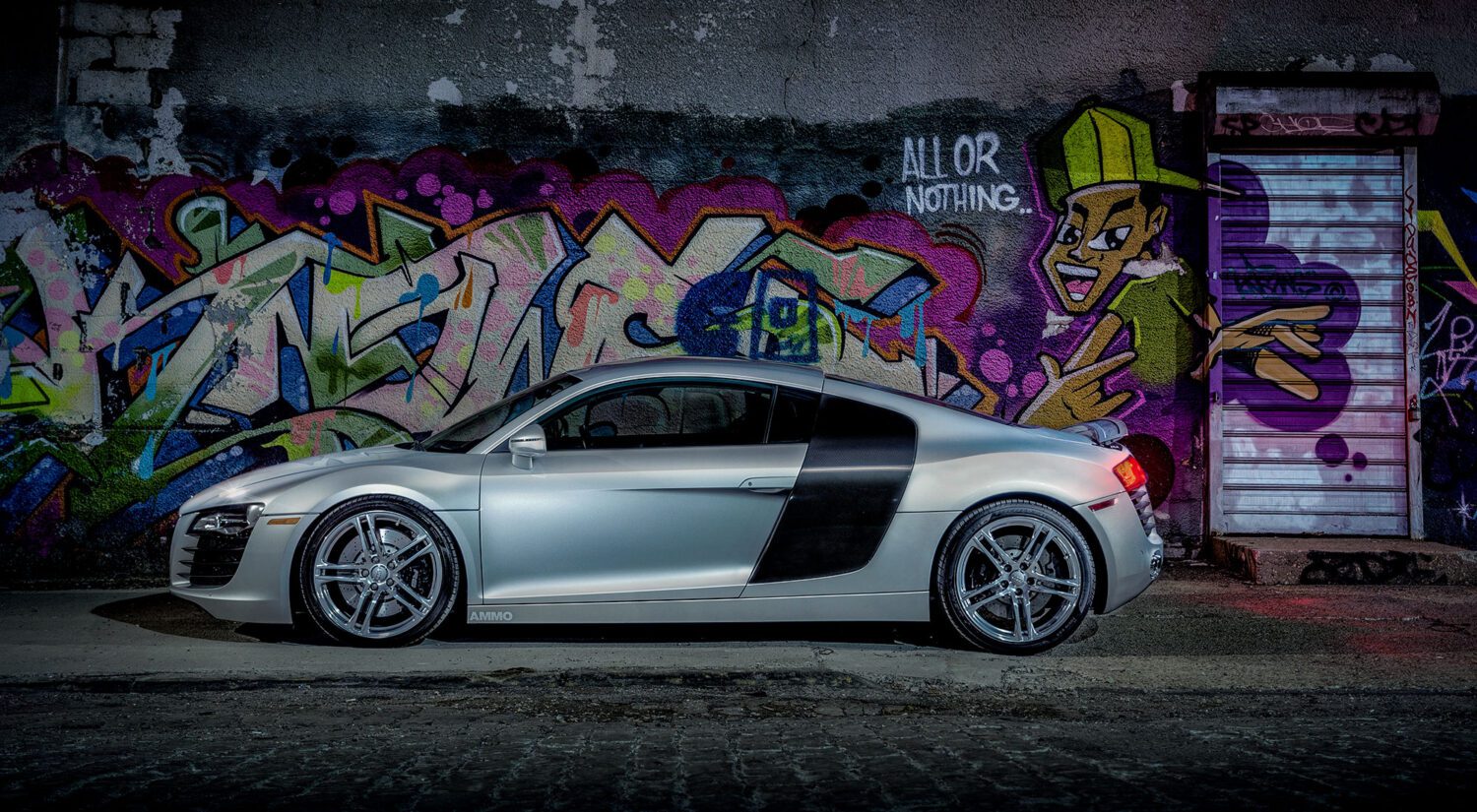
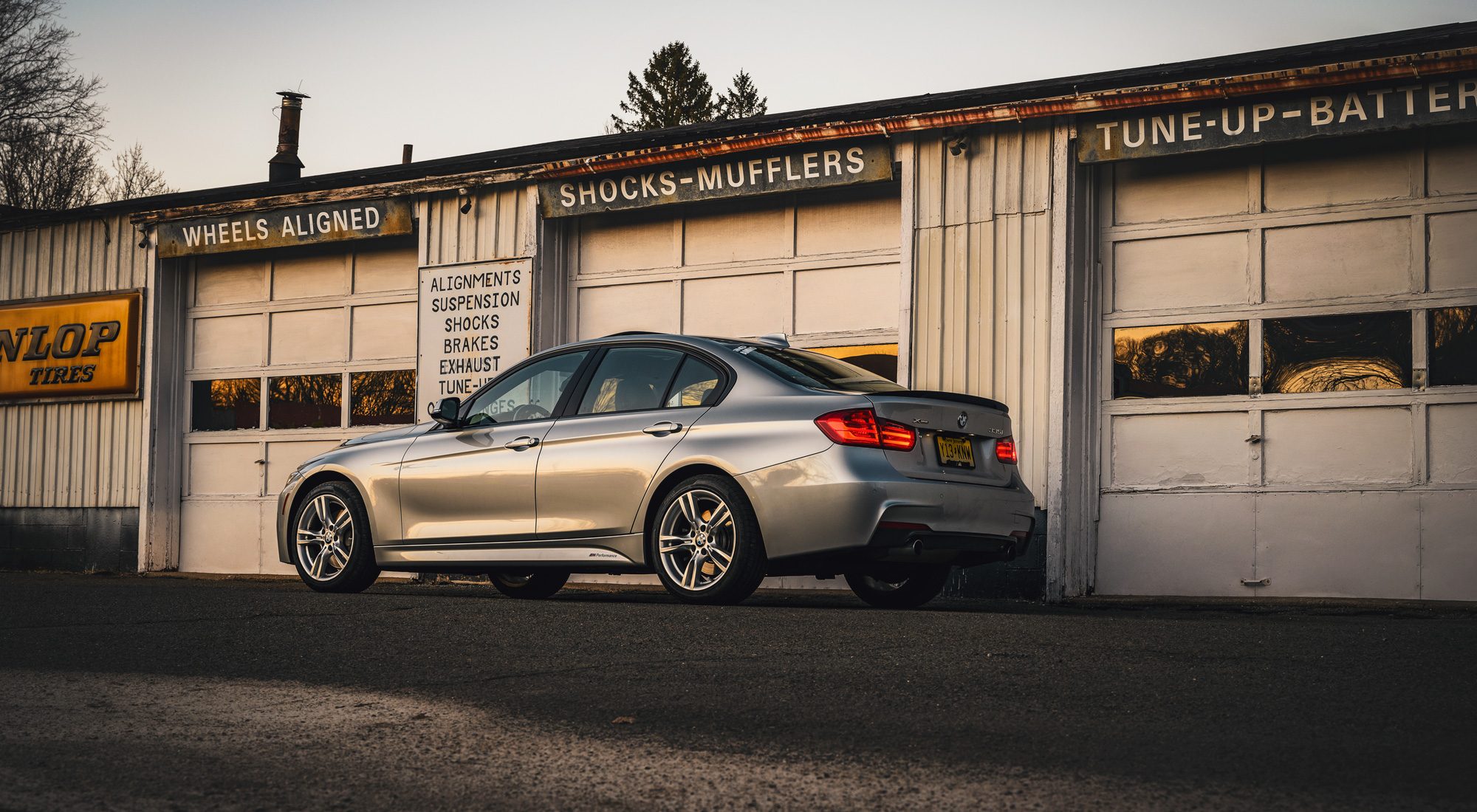
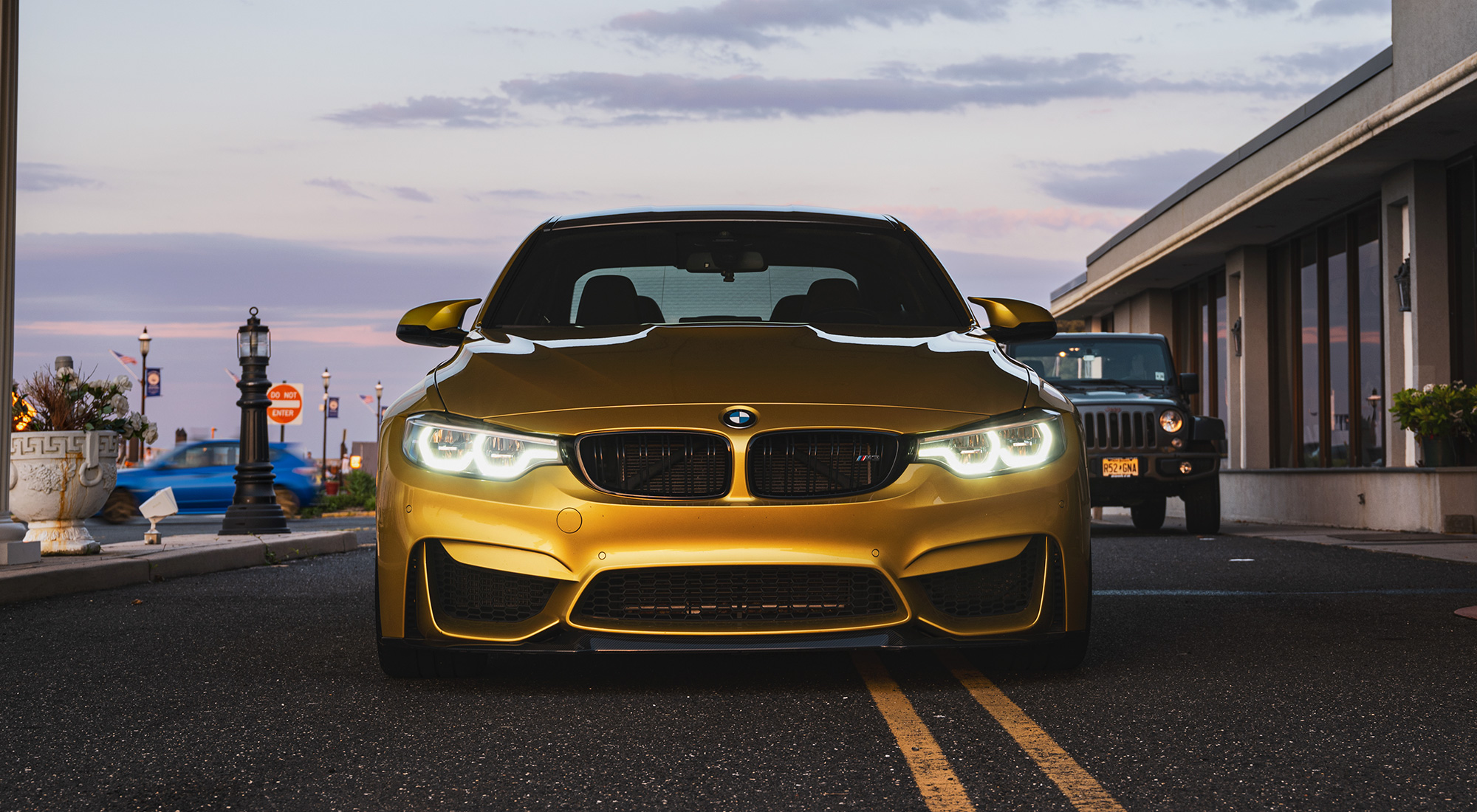
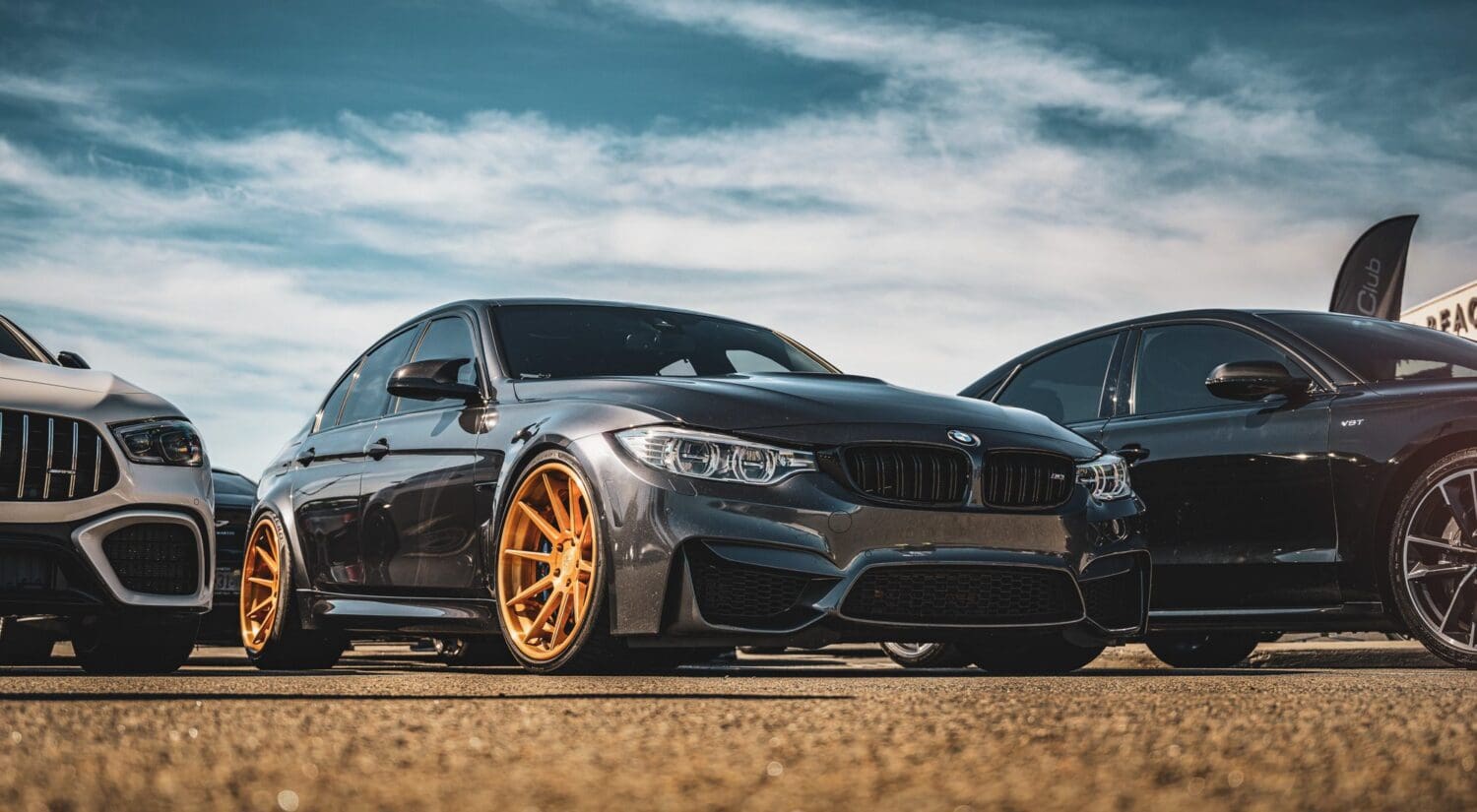
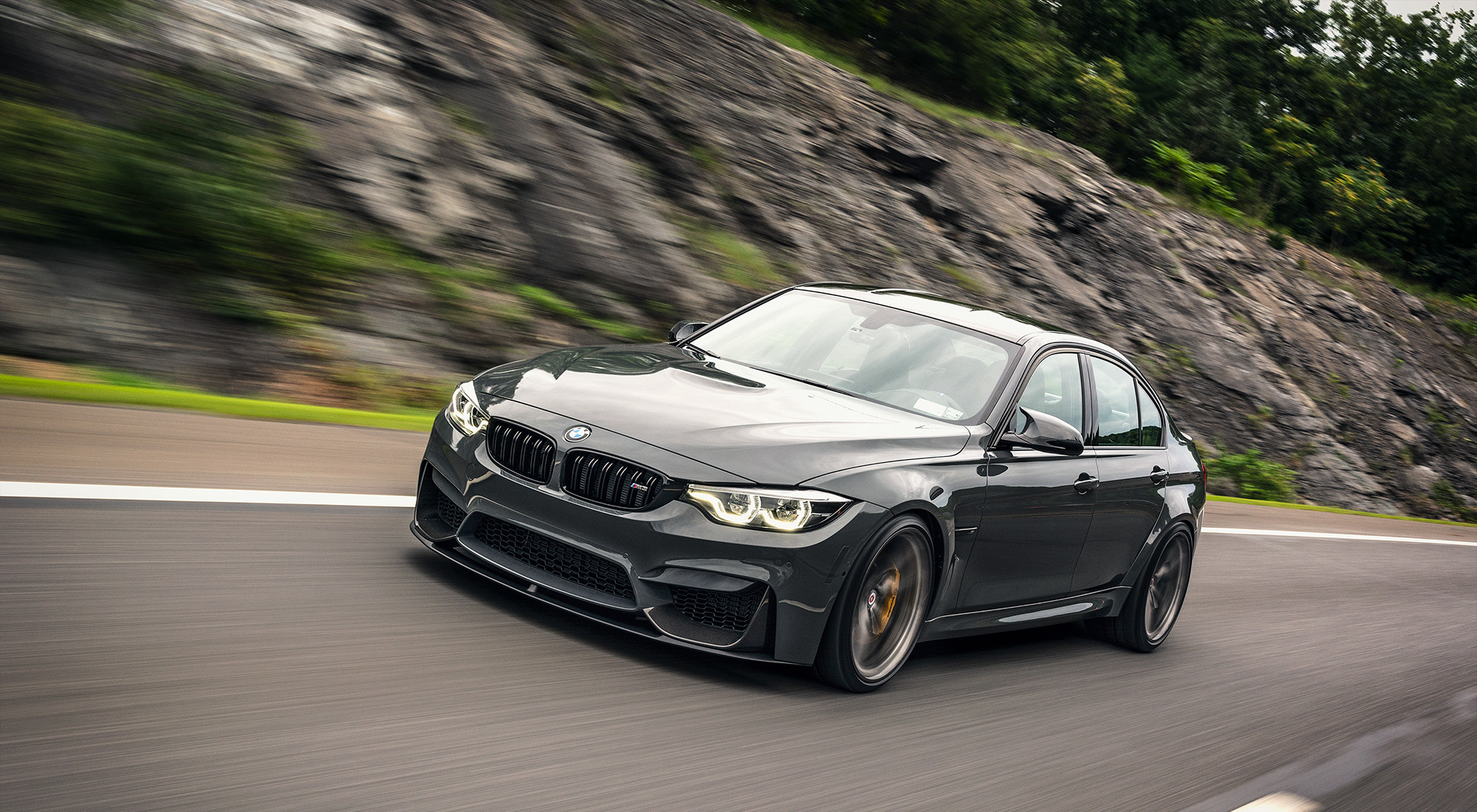
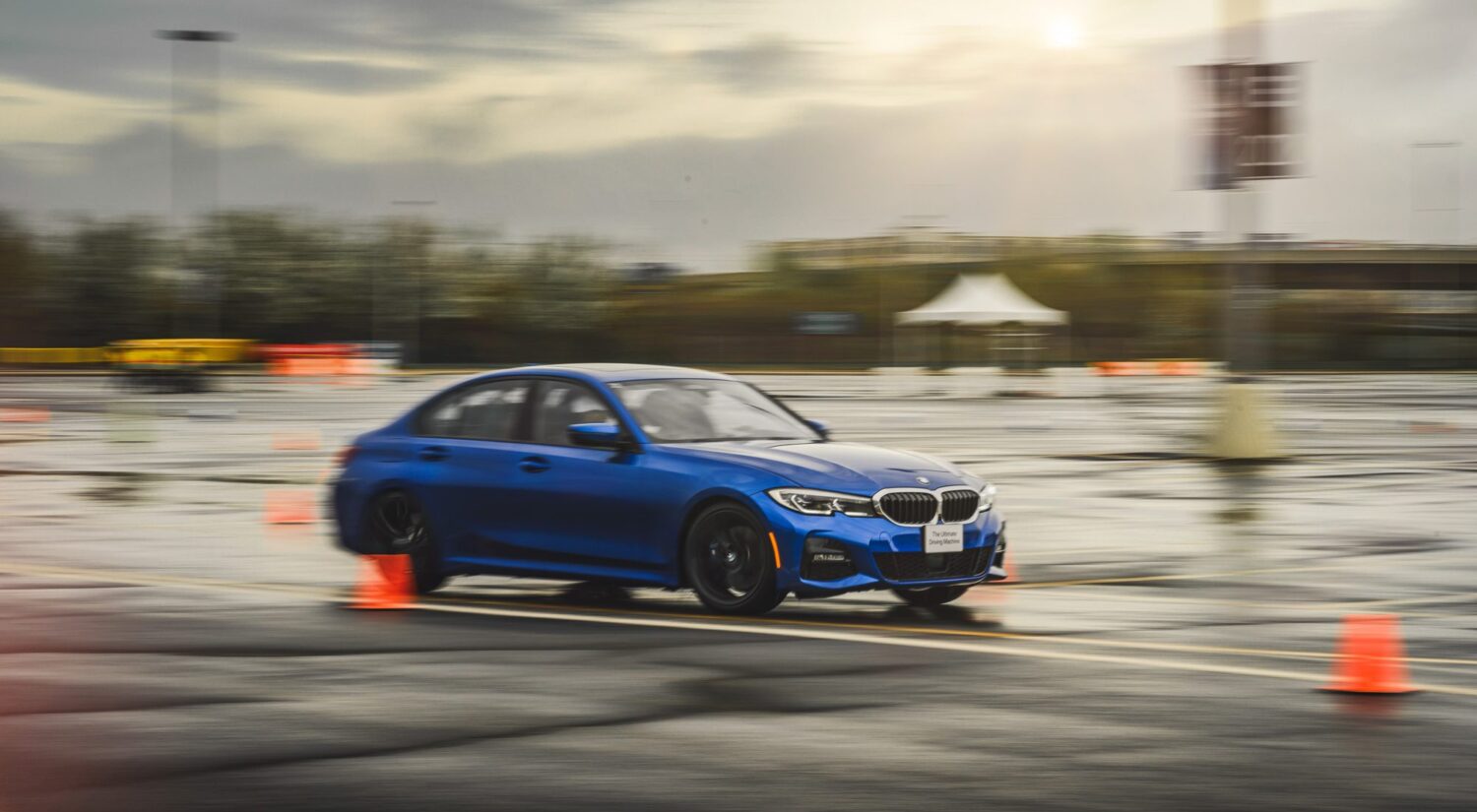
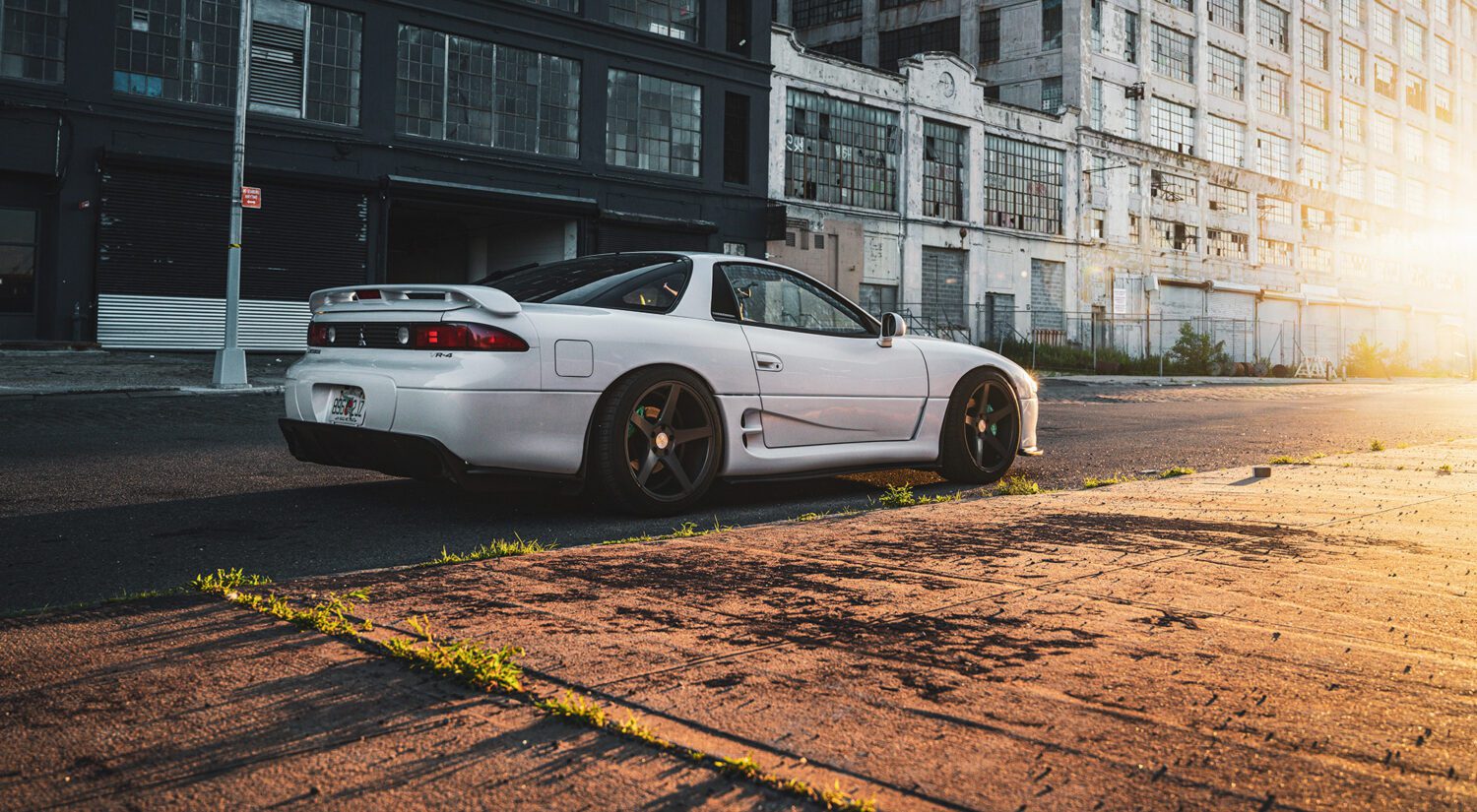
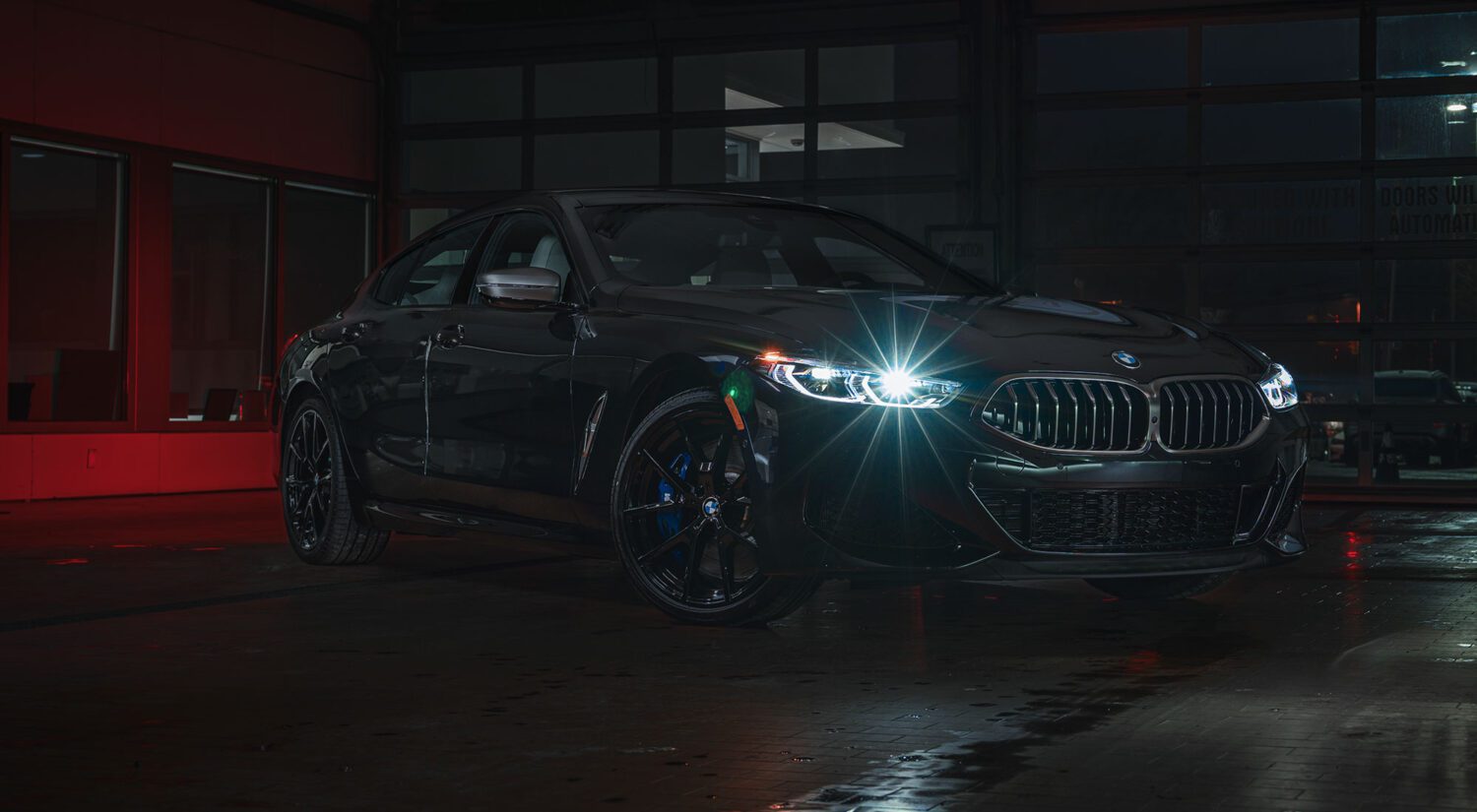
11 thoughts on “Nikon Z7 review”
Comments are closed.